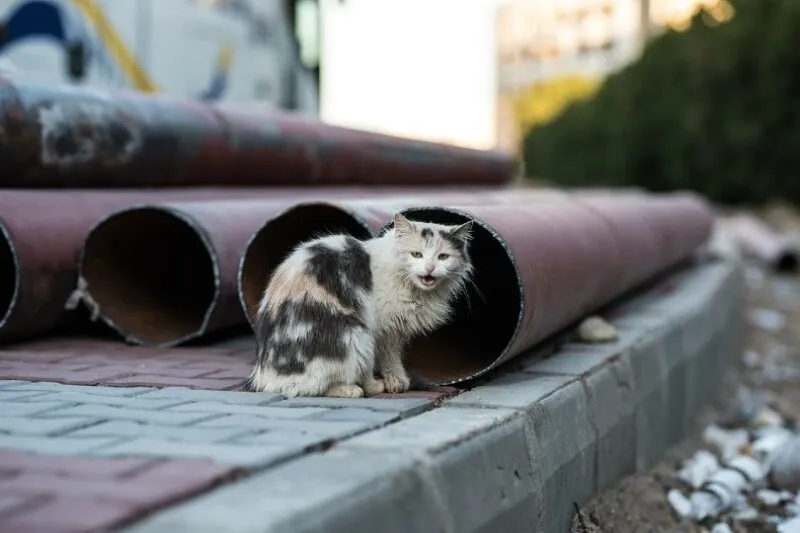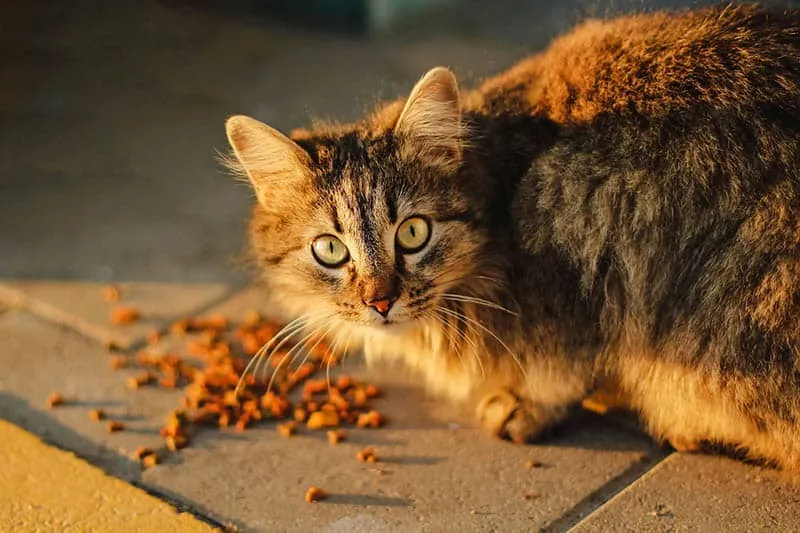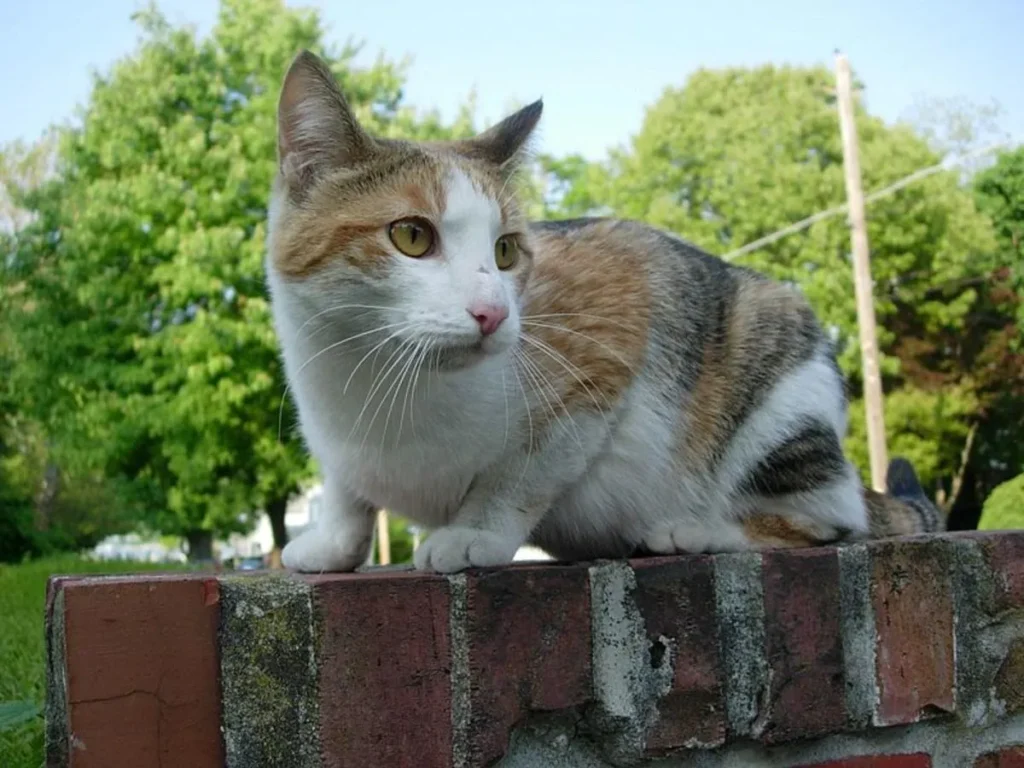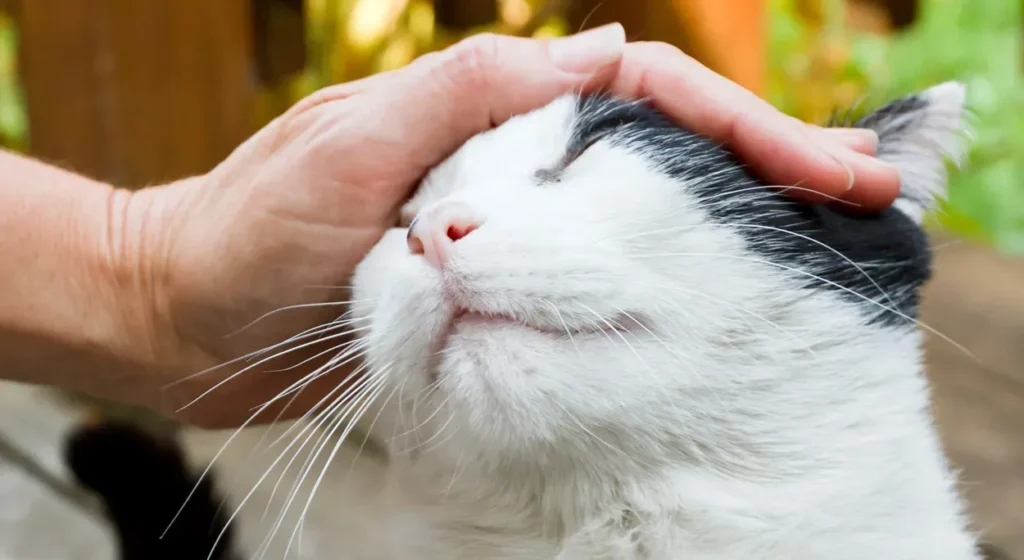Confused about the distinctions between a feral cat and a semi-feral cat? Interested in understanding the signs of a semi-feral cat and how they differ from fully feral cats? Continue reading to explore these differences and gain insights into the behavior of semi-feral cats.

Understanding the behavior and traits of semi-feral cats is essential for their proper care and management. These cats exhibit characteristics that lie between fully feral and domesticated pets, requiring a nuanced approach to their care.
Recognizing the signs of a semi-feral cat enables caretakers to provide appropriate support and ensure their well-being effectively.
Here, you will discover the key signs that indicate a semi-feral cat.
Signs of a Semi Feral Cat

Here are potential signs of a semi feral cat:
1. They are Skittish in Nature and Fear of Humans
Semi feral cats, unlike fully domesticated felines, tend to exhibit a skittish and wary attitude toward humans. They are often extremely cautious and fearful when approached, displaying tendencies to hide or retreat when people are near.
This behavior stems from their lack of exposure or socialization to human interaction during their formative years.
For instance, they may dart away at the slightest sound or movement, and their body language. This includes crouching low, dilated pupils, and flattened ears signal their unease.
This heightened vigilance and avoidance are survival strategies developed from living in environments where trust in humans is not a given.
2. They Often Avoid Close Human Contact
Semi feral cats tend to maintain distance and avoid physical contact with humans. Unlike domesticated cats that may seek affection and attention, semi feral cats may appear aloof and uncomfortable with close interaction.
They might not enjoy being petted or held and may shy away or become defensive when approached.
This avoidance is a protective mechanism, as their past experiences have not conditioned them to view humans as sources of comfort and security. Instead, they might hiss, swat, or simply flee when an attempt is made to handle them, reflecting their preference for maintaining personal space.
3. They Prefer Solitude and Outdoor Environment
Semi feral cats generally favor a solitary lifestyle and are more comfortable in an outdoor environment. They exhibit a strong inclination towards independence and tend to roam freely. Their need for open space and a sense of freedom is greater compared to fully domesticated cats.
They often establish large territories that they patrol regularly, and they find comfort in the familiarity of their outdoor surroundings.
This preference for solitude is linked to their instinctual behavior, where avoiding potential threats and relying on their own survival skills is paramount.
4. They Have Limited Vocalization and Communication
In contrast to the expressive nature of many domestic cats, semi feral cats exhibit limited vocalization. They communicate through subtle body language and gestures, often preferring to remain quiet. This subdued behavior contributes to their overall reserved nature.
Semi feral cats are more likely to use non-vocal cues such as tail flicks, ear positions, and body posture to convey their feelings and intentions. This limited vocalization is a survival trait, as staying silent helps avoid attracting predators in the wild.
5. Difficulty in Socializing with Other Pets
Their upbringing or lack of early socialization can lead to challenges in cohabiting with other household pets. Semi feral cats may find it challenging to adapt to sharing space and might exhibit aggression or avoidance when introduced to other animals.
Their solitary and territorial instincts make it difficult for them to accept the presence of other pets, especially in confined spaces.
They might hiss, growl, or even attack other animals that they perceive as threats or competitors, highlighting the challenges in integrating them into a multi-pet household.
6. They are Self-Sufficient in Hunting and Equipped with Survival Skills
Semi feral cats display impressive hunting and survival skills. Their upbringing in the wild or semi-wild environment has honed their ability to fend for themselves. They might hunt for their food and display adeptness in surviving in various environments. Their sharp senses and agility make them effective hunters, often catching rodents, birds, and insects.
This self-sufficiency is a hallmark of their semi feral nature, as they have learned to rely on their instincts and skills to meet their needs.
7. They Often Display Territorial Behavior and Marking
Semi feral cats are notably territorial and may display marking behavior by spraying or scratching areas to establish their territory. This instinctual behavior is more pronounced in semi feral cats than in fully domesticated ones.
They mark their territory to communicate with other cats and assert dominance, using scent glands in their cheeks and paws, as well as urine marking.
This territoriality can lead to conflicts with other cats, especially in areas where territories overlap, and underscores their need for a defined and secure space.
8. They are Resistant to Domestication
Their inherent wild or semi-wild nature makes it challenging to domesticate them fully. Efforts to tame or acclimate them to a typical indoor lifestyle may be met with resistance and stress.
They often resist confinement and can become highly stressed or even aggressive if forced into situations they find uncomfortable. Successful integration into a domestic environment requires patience, understanding, and often a gradual approach, respecting their need for autonomy and space.
In conclusion, understanding these signs and behaviors is pivotal in providing appropriate care and support to semi feral cats.
When is It Too Late to Tame a Feral Cat?

It is often said that it is never truly too late to tame a feral cat, but the process becomes significantly more challenging as the cat gets older.
Generally, cats that have spent a long time living in the wild and have had little to no human interaction are more set in their ways and wary of humans. Kittens under the age of 8 weeks are the easiest to socialize and tame.
As cats age, their adaptability decreases, and by the time they reach adulthood, taming them requires considerable patience, time, and consistency. While older feral cats can still be socialized to some extent, their ability to fully adapt to living as a domesticated pet varies widely.
How to Tame a Feral Cat?
Taming a feral cat requires patience, consistency, and gentle handling. Start by providing food and water in a quiet, safe area to build trust. Initially, maintain a distance and let the cat become comfortable with your presence.
Gradually, over days or weeks, move closer to the feeding area, speaking softly to the cat to get it accustomed to your voice. Avoid direct eye contact, as it can be perceived as a threat.
Introduce a secure indoor space, like a large crate or a quiet room, where the cat can feel safe. Use treats and toys to engage the cat and encourage positive associations.
Allow the cat to explore its new environment at its own pace. Slowly extend your hand for the cat to sniff, and once it seems comfortable, try gentle petting.
Consistency is crucial, so maintain regular feeding and interaction times. Be patient and understanding, as each cat will progress at its own rate.
Can a 4-Month-Old Feral Kitten Be Tamed?
Yes, a 4-month-old feral kitten can be tamed, although it may take more time and patience compared to younger kittens. At this age, kittens are still relatively young and adaptable, but they may have developed stronger survival instincts and wariness than humans.
Begin by providing regular food and water to establish trust. Use a calm and gentle approach, avoiding sudden movements or loud noises.
Create a safe, confined space where the kitten can gradually become accustomed to human presence.
Spend time sitting quietly near the kitten, offering treats and toys to encourage interaction. Gradually introduce gentle petting and handling once the kitten appears more relaxed.
Consistency and positive reinforcement are key to taming a 4-month-old feral kitten, and with time, patience, and love, it is possible to socialize them into a friendly and affectionate companion.
Can Feral Cats Be Tamed?
Yes, feral cats can be tamed, but the process is often challenging and requires significant time, patience, and understanding.
Younger feral cats and kittens are more likely to adapt to human interaction, while older feral cats may be more resistant due to their established survival instincts and fear of humans.
The key to taming a feral cat is building trust slowly and consistently. Start by providing food and water to establish a routine and positive association with your presence.
Create a safe and secure environment where the cat can feel comfortable. Gradually increase your interaction, using treats, toys, and soft-spoken words to build a bond. Avoid forcing contact; instead, allow the cat to approach you on its own terms.
With older feral cats, full domestication might not always be possible, but many can learn to trust humans and enjoy a degree of companionship.
Each cat is unique, so progress will vary, and the most important aspect is to respect the cat’s boundaries and move at its own pace.
Related Searches:
